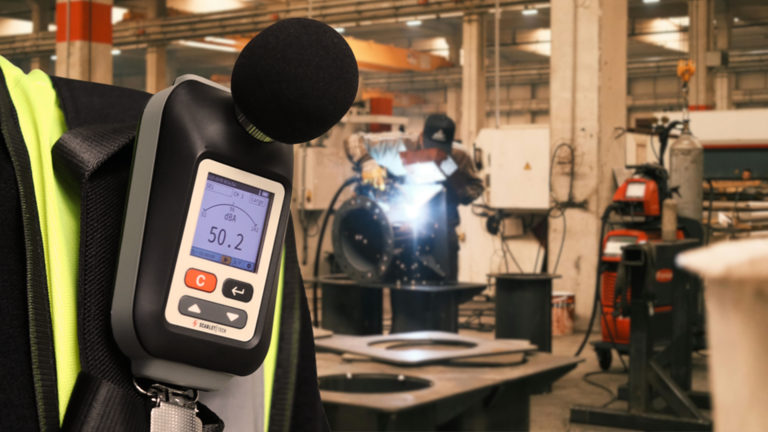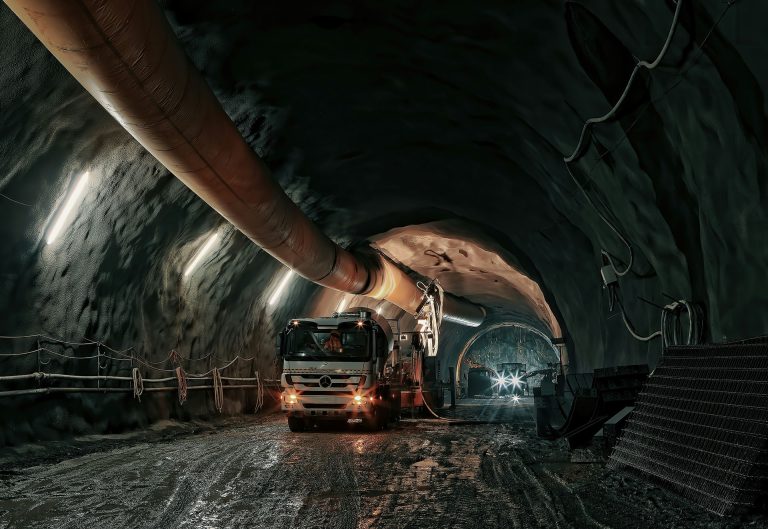We have come to an era where not only the economy is prone to crisis but also the environment we live in. Climate change poses a serious public health crisis that should not be underestimated. According to new climate predictions by the World Meteorological Organization (WMO), the annual mean global temperature is likely to be at least 1° Celsius above pre-industrial levels (1850-1900) in each of the coming five years (2020-2024) and there is a 20% chance that it will exceed 1.5°C in at least one year.
Society-Wise
- Shortages of food supplies which put livelihoods at risk because of dying crops and livestock due to extreme heat.
- Power shortages or blackouts due to strain on water, energy, and transportation.
- Infrastructure damage.
Heatwave Awareness
Heatwave is considered a pervasive natural disaster which may look less dramatic than other climate disasters like tropical cyclones, tornados, hurricanes, floods, or thunderstorms, but it actually kills more people. We should not underestimate the negative impacts it may bring. Here are some simple tips that we can keep in mind throughout heatwave days:
- Drink more water. Avoid drinking alcohol, caffeine, or sugary drinks.
- Break down meals into smaller portions. Eat small meals but more frequently .
- Wear airy and loose-fitting clothes.
- Take showers and baths with cool water.
- Stay indoors in a cool place as much as possible.
- Wear caps, sunglasses, and use an umbrella when you have to go out.
What is Heatwave?
Heatwave is a period of unusually hot and dry or hot and humid weather that lasts for two to three days, usually with an obvious impact on human health, livelihood, and infrastructure. Heatwave is relative to each area’s normal climate pattern, temperature that people from a hotter climate consider normal may be a heatwave in a cooler area if it is above the average of normal temperature for that particular area.Unlike many climate hazards, such as tropical cyclones, tornadoes, thunderstorms and floods, heatwaves are geographically diffuse and occur over large areas.
Heatwave is among one of the most dangerous natural hazards which most likely affect people who work or live outdoors. Some populations who are more prone to excess heat includes outdoor and manual workers, those with pre-existing cardiovascular or respiratory disease, the elderly, pregnant women, infants and children, and the poor.In terms of gender, study by (Havenith, 2005) shows that the number of heatwave deaths are greater in women than in men. Women have higher core body and skin temperatures and may be less tolerant to heat than men.
Heat-related Illness Prevention at Workplace
Education about heat stress is the first important step in reducing heat stress related accidents in the workplace. When workers and supervisors have no idea about the potential negative effects that heat stress can have on the body, it can lead to tragic consequences.
Besides education and some other tips mentioned above, using a heat stress monitoring tool such as TWL-1S heat stress meter is helpful to ensure worker’s safety. TWL-1S comes with instructions for work, rest and hydration plans for heat stress management across industries from airport to construction sites.

What are The Impacts of Heatwave?
Heatwaves have a serious impact on health and society, including heat-related illness and death. It has killed more people than all other weather-related natural disasters combined. Some of the impacts include:
Health-wise:
- Increases in heat load and a rising body core temperature can lead to the development of heat-related illness such as heat cramps, heatstroke, heat exhaustion, heat syncope, heat edema and heat rush.
- Dehydration and loss of body salt.
- It can provoke chronic pulmonary conditions, cardiac conditions, kidney disorders and psychiatric illness.
- It can lead to deaths. Many deaths and illnesses are actually caused by the indirect effect of heat, such as deaths due to heatstroke and the worsening of existing health conditions.



